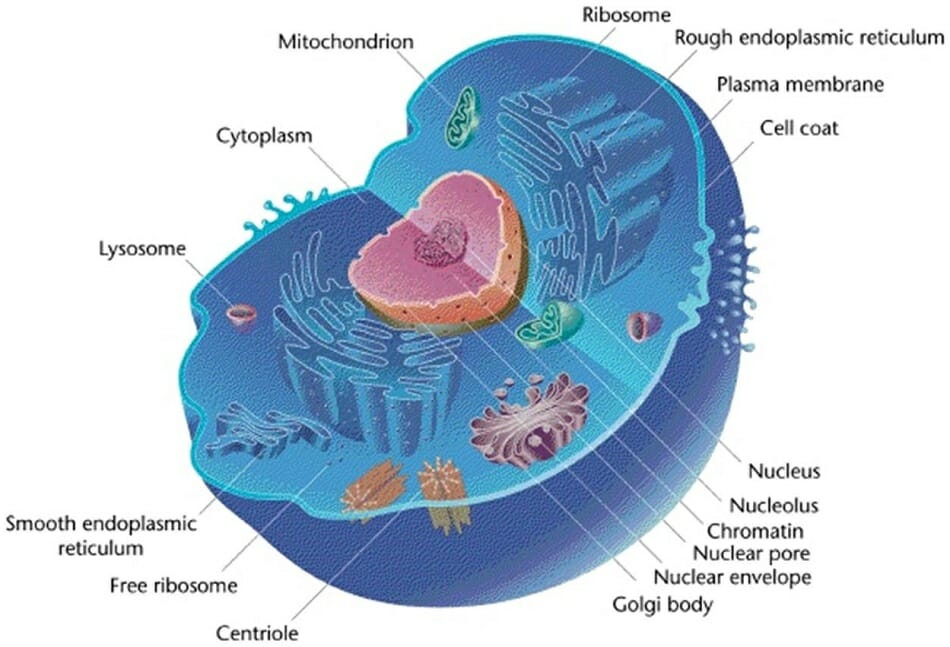True, organisms are made up of cells. A cell is the smallest living part of an organism.
What are the 3 domains?
Eukarya, Eubacteria, and Archaebacteria.
Explain how a plant can interact with an abiotic factor in its ecosystem.
A plant, which is biotic, interacts with water, soil, and sunlight. Those 3 factors are considered nonliving, or abiotic and they help the plant grow.
Heat transfer or Thermal energy has a pattern that always moves from....
Hot to Cold
Warm to Cooler
Where is potential energy found on a ramp?
Difference between prokaryote and eukaryote.
A prokaryote does not have a nucleus and eukaryote does have a true nucleus.
Which of the domains contain Animalia, Plantae, Protista, and Fungi?
The Eukarya domain contain these kingdoms because their cells have a nucleus.
What is the difference between biotic and abiotic factors?
Biotic are living and Abiotic nonliving.
If there is a pot of boiling water, please explain how that has conduction.
Where would the maximum kinetic energy be found on a ramp?
At the lowest part right coming from the highest point.

A prokaryote because it does not have a nucleus.
Which of the following kingdoms contain organisms that are always autotrophs?
Plantae, Animalia, Bacteria, or Protista.
Plantae kingdom consists of organisms that are always autotrophs (make their own food).
Any student response.
If you go camping and roast marshmallows, how is radiation taking place?
 Where would the greatest amount of potential and least kinetic energy be found?
Where would the greatest amount of potential and least kinetic energy be found?
At the highest point, top.

This is a eukaryotic cell because it has a nucleus.
The characteristics of a living organism are listed below.
Organism Characteristics
Autotrophic or Heterotrophic
No organized nucleus
Reproduces asexually
Does not live in extreme environments
In which kingdom should this organism be classified?
Eubacteria, they are PHAUNA!
List the levels of organization starting with organism.
Organism, Population, Community, and Ecosystem.
If there is a bottle of kool-aid that is at room temperature of 72 0 F and is placed in the freezer with air temperature of 32 0 F, how will thermal energy transfer?
It will transfer from the bottle of kool-aid to the air temperature until both reach the equilibrium, the same temperature.
 Where does kinetic energy increase but potential energy decreases?
Where does kinetic energy increase but potential energy decreases?
A student is doing a lab and notices a round structure in the middle of the cell. What type of cell can it be?
A eukaryotic cell because it has a nucleus (round) structure in the middle.
Which of the following kingdoms would be protista?
Kingdom 4 because they can be anything in terms of chacteristics.
What is a community in terms of levels of organization?
A community is made up of different populations, for example, cats, humans, and plants.
The warm water will rise to the top of the pot, while the cool water from the top will sink to the bottom and this will continue in a cycle.
Can you ever get rid of energy? Why or why not?
No, because energy cannot be destroyed, it only transforms/changes to other forms. Example, from potential to kinetic.